One of the best ways to get people to trust your WordPress site is to make sure it is safe. Keeping your site safe from SQL injection attacks is one way to do that. These attacks could break into your site and put your and your users’ private data at risk.
There are many ways to keep yourself and your site safe. If you do the right things, like not using dynamic SQL, using a firewall, encrypting private data, and so on, you can make your WordPress site safer.
First, we’ll show you how to protect yourself from SQL injection attacks today. We’ll then talk about some plugins that can make your site even safer. Let’s get started!
How do you do a SQL Injection Attack?
Sometimes bad code is put into fields where people enter data. This is called a SQL injection attack. WordPress has taken a lot of steps to protect the core platform from these types of attacks, but your site may still be at risk.
Any part of your site where people can enter data or content is potentially dangerous. This group can include talk pages, quizzes, and contact forms.
If someone breaks into your site, they can use bad code to get into the database and make your site vulnerable. In 2016, for example, a group of Russian hackers used a simple SQL injection attack to get names, addresses, and even Social Security numbers of people who had voted in the United States.
SQL Injection Attack Examples
Multiple types of SQL injection attacks exist. Hackers can go after small things like blogs and personal websites, or they can go after bigger things like banks.
If the second happened, they could change their account balances or transaction histories after logging in. People will know about it, and that could hurt the bank’s reputation even after the damage is fixed.
Simply look at the gaming industry to see another real-life example of a SQL injection attack at work. Video games are one of the biggest and most profitable industries out there, so a lot of SQL injection attacks are aimed at them.
In 2021, 9.3% of all security threats were SQL injection attacks, according to the iThemes WordPress Vulnerability Report. Although cross-site scripting and cross-site forgery requests were more common, SQLi threats should not be ignored.
WordPress SQL injection is usually done through forms. This method can be used to attack people who send data to a PHP script that has a SQL query in it. For this reason, you should make sure your WordPress site is as safe as it can be.
10 Ways to Keep WordPress Safe from SQL Injection
A WordPress SQL injection attack can be scary to think about. There are now many ways to keep yourself and your website safe. These ten things are the best you can do.
Step 1: Verify the user’s input and remove unnecessary information
One easy way for hackers to get into your site through a SQL injection attack is to use user data. You can help stop dangerous character injections by validating and filtering the data that users send. To validate input, all you have to do is look over the data that a user sends. An SQL injection can’t happen with this data because it can be filtered.
Tip 2: Stay away from dynamic SQL
Because dynamic SQL is automated, it has a flaw. The dynamic form of SQL, on the other hand, makes and runs statements automatically, which leaves holes for hackers. This kind of attack can’t happen on your WordPress site if you take certain steps. Prepared statements, parameterized queries, and stored procedures are all things that you can use.
Step 3: Update and patch often
To keep your database safe, you need to do updates and patches all the time. Some plugins and themes may not be up to date, or you may not have the most recent version of WordPress. This makes it easy for hackers to get into your site. That’s why we handle all the core patches and updates for our clients. Parts of this that you might not think about could let someone get into your database through SQL injection.
Step 4: Set up a safety wall
One of the best ways to keep your WordPress site safe is to build a firewall around it. A firewall keeps an eye on and controls the data that comes into your site as a form of network security. It makes the site even safer against SQL injection attacks. In order to protect your WordPress site, we offer the Cloudflare Content Delivery Network (CDN), a firewall, and safe and secure SSL installation.
Step 5: Get rid of database features that aren’t needed.
This kind of attack is more likely to happen on a database with lots of features. Normalizing your database might be a good idea to keep things safe. This will get rid of any extra data and make your site safer.
Step 6: Limit who can access what.
Not letting everyone into your databases is another way to keep them safe from a SQL injection. This kind of attack can happen quickly on your WordPress site if someone knows how to get in.
To keep your site safe, you might want to change the User Roles so that other people can’t see or change as much as you do. One way to get rid of those possible weaknesses would be to make sure that all former users are no longer in roles other than subscriber, such as editor or contributor.
Step 7: Protect private information
Even if your database seems safe right now, you can always make it safer. Private data in your databases is safe when you encrypt it. An SQL injection can’t get to that data.
Step 8: Don’t give out any extra details
It is not good that hackers can learn a lot from database error messages. These things include your login information, the email addresses of people who run the server, and even some of your own code.
To keep your site safe, use standard error messages on a custom HTML page. Don’t forget that your WordPress site will be safer if you don’t divulge too much details.
Step 9: Keep an eye on SQL statements
If you keep an eye on the SQL statements being sent between apps that connect to a database, you can help find security holes in your WordPress site. These are some of the monitoring tools we offer. Other apps, such as Stackify and ManageEngine, can also be used. It can help you figure out what’s wrong with your database no matter what you choose.
Step 10: Make your software better
It is important to keep systems as up to date as possible to protect against SQL injection attacks and hacking in general. This will stop people from breaking into websites in new and different ways all the time. That is why stopping a breach can’t be done just once. We find threats right away, so you don’t have to worry about attacks.
Popular Plugins For Preventing SQL Injections
SQL injection attacks can happen on your WordPress site if your plugins or themes are out of date. It is possible to stay safe, though, with security plugins. You can focus on other, more important parts of managing your WordPress site when you use one of these tools to take a break.
1. Use Sucuri Security to stop SQL injections
The well-known tool Sucuri Security comes with a free version. You can then see who changes your site and what they change.
Sucuri checks your files for malware, lets you keep an eye on blacklists, and lets you use a firewall after it’s installed. To get this plug-in, go to Plugins > Add New. After that, you need to put it on your site.
After that, you can install it and turn it on. Next, go to the dashboard of the plugin and click on Generate API Key. That will make it possible for you to track events. We will use this key to confirm that HTTP requests are real. If you do that, your site will be even safer, so you can rest easy.
2. Wordfence Security can stop SQL Injections.
Wordfence Security is a security add-on for WordPress websites that protects against SQL injections, provides Two-Factor Authentication (2FA), and checks for malware, specifically WordPress SQL injections.
The plugin is simple to get and set up. Go to Plugins > Add New and search for Wordfence Security to get the package.
When it’s ready, click “Activate.” That’s it! Now that it’s up and running, you can start the malware scan whenever you want.
3. Use All-In-One Security to stop SQL injections
AIOS still works, so you can use it if you still want to. Plus, it makes it harder for bots to try to sign up as users, so you have an extra firewall. No one can get to the code, and IP addresses that send too many 404 errors or try to get information are blocked.
For the plugin, go to Plugins > Add New and save it. After that, you can activate and set it up.
After making these changes, you can now make the plugin work better and protect your site. You can turn on and off features like “Login Lockdown,” and you can see who is signed in to your site.



















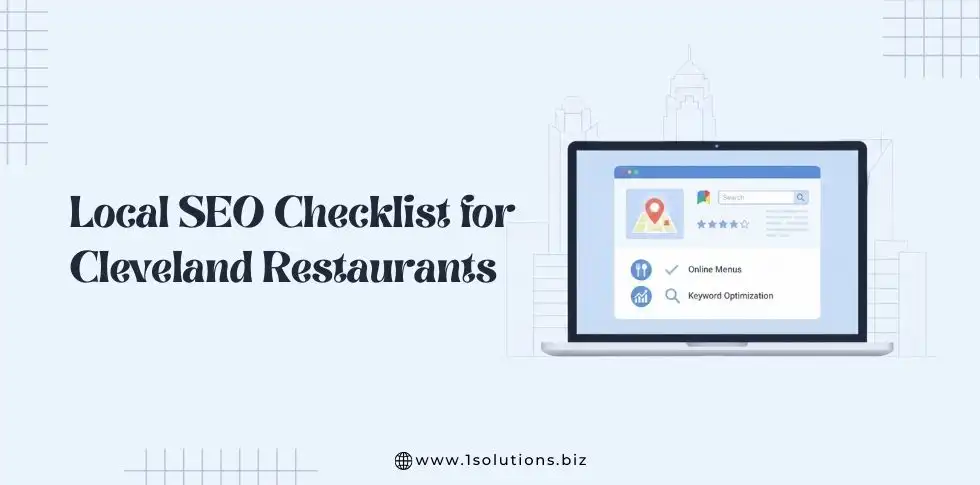
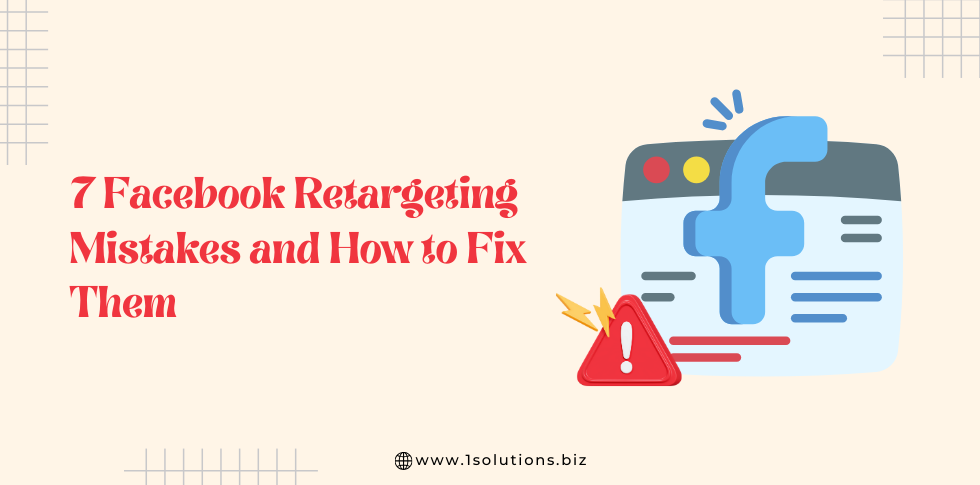
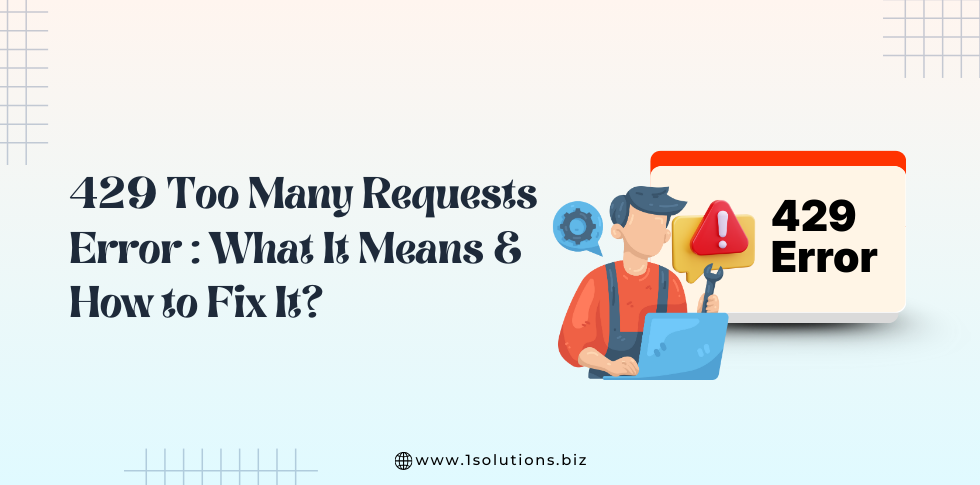
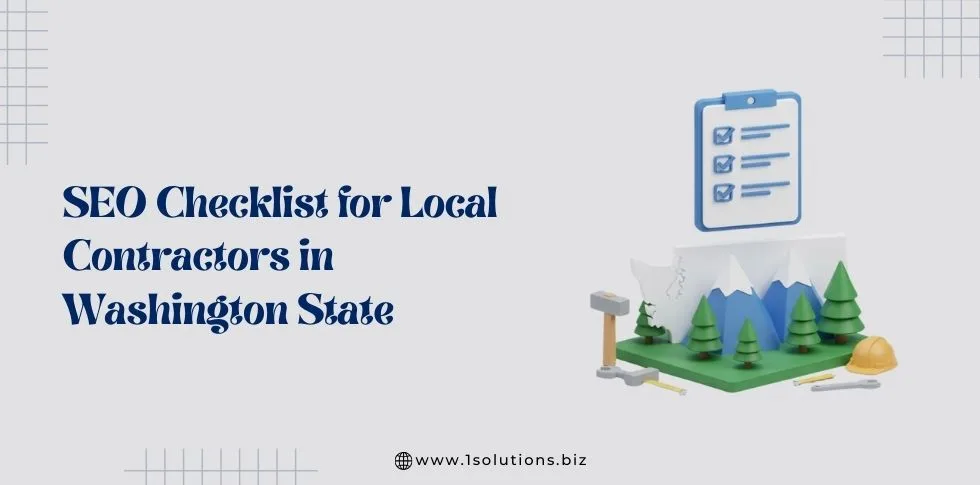



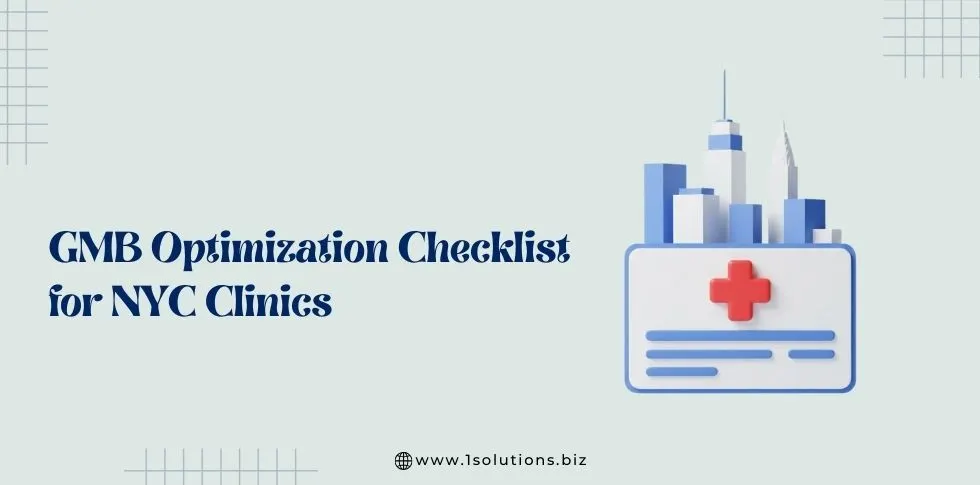




 in India
in India